FS Colour Series: SKYLIGHT Inspired by Ben Nicholson’s Crisp Cornish Blues
St Ives painter Ben Nicholson captured the crisp, fresh and invigorating air of the Cornish landscape in vivid shades of blue like SKYLIGHT, along with pale greys, soft beiges, and the occasional flashes of bold primary hues. Though he shifted through various styles in a long and prolific career, ranging from expressive landscapes to geometric abstraction, his art was in essence an homage to the coastal town of St Ives where he lived for much of his adult life, soaking up the wide beaches, craggy clifftops and expansive, panoramic views out to sea. Like many artists in the St Ives group, he merged his love of Cornwall with modernist abstraction, merging spirit of place with the latest developments in avant-garde art.
Ben Nicholson was born in Denham, Buckinghamshire in 1894, to a creative, artistic family. When he was 16, Nicholson enrolled at the Slade School of Fine Art – although he only stayed for a year, he formed lasting friendships with a series of artists who would go on to become leading British lights, including Paul Nash, Stanley Spencer, and the British art critic Roger Fry. In his early years as a painter, Nicholson mingled with the Bloomsbury group, and his landscape paintings of the time reflect the group’s sensibilities, with a spare, minimal approach to still life and landscape.
Nicholson lived in London throughout the 1920s, and it was here that he met various leading British artists who would become lifelong friends, including Henry Moore, Barbara Hepworth, Paul Nash and Edward Burra. During this time Nicholson made his first visit to the fishing village of St Ives in Cornwall, and in 1939, he moved there following the outbreak of war. He was joined by a series of fellow leading London artists and art critics, who integrated themselves into the local art scene throughout the 1940s and transformed the small village into a cultural epicentre.
The mid to late 1940s were a pivotal time for Nicholson as he moved increasingly towards geometric abstraction, gradually paring back real world subjects into an angular, geometricized style. Curiously, Nicholson often merged references to still life with allusions to the Cornish landscape, tracing the curving contours of utilitarian objects, while overlapping them onto expressive, atmospheric grounds. In Still Life, 1945, we see Nicholson breaking apart a traditional still life subject in a Cubist style, tilting the tabletop into a flattened view and breaking its surface into a series of jumbled, geometric facets. Nicholson also pulls apart conventional depictions of space in this image by drawing a series of interwoven lines and shapes that overlap one another as if jostling for space. The sandy toned, scumbled backdrop was typical in Nicholson’s art, a neutral playground resembling the sand of Cornish beaches, onto which slashes of vivid blue, bold red, and yellow play out.
In the later painting Feb 28-53 (vertical seconds), 1953 we see how Nicholson’s art has become flatter and more abstract, with the illusion of depth and space almost completely abandoned in favour of the abstract interplay of geometric shapes and lines. Flashes of crisp blue as fresh as the sea air hover on the muted grey background, recalling the rough and tumble of the Cornish coastline, where blue water crashes over craggy, careworn rocks. In the later Sept 8-54 (Torcello), 1954, Nicholson plays with softer, more luminous light effects, alluding to ordinary household objects with skeletal, elemental lines, while on the left, a simple flash of brilliant pale, oceanic blue stands out, its sharp, crisp contours contrasting with the dreamy, wispy effects that shimmer all around it.





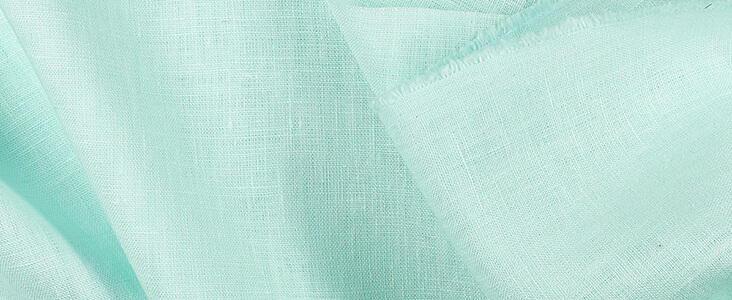


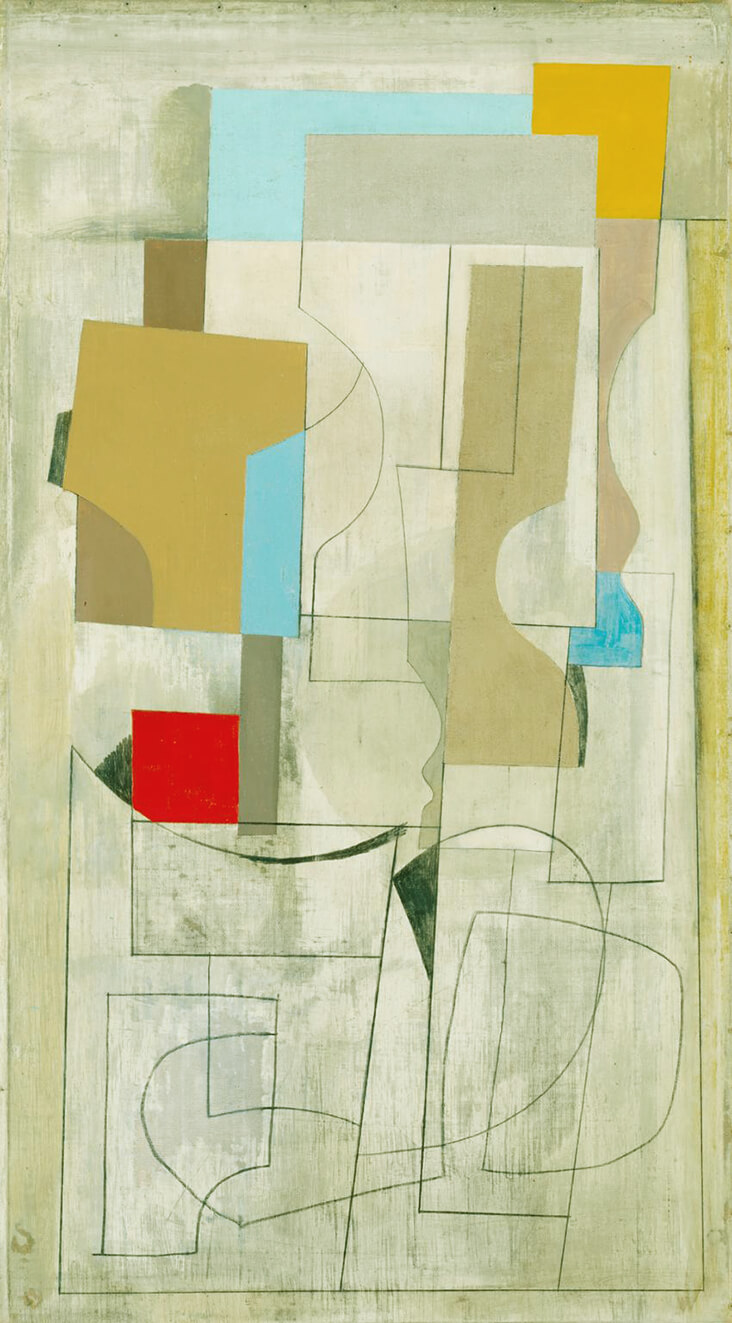
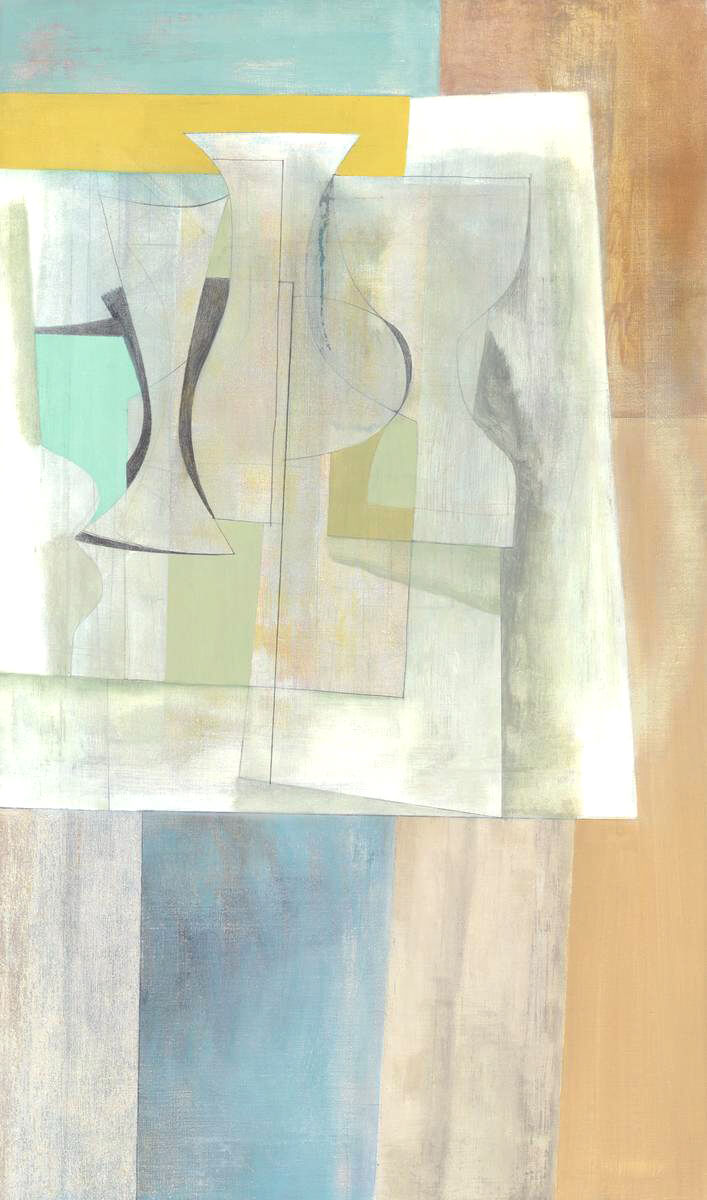


















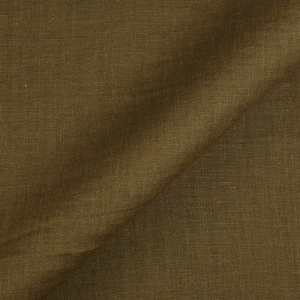

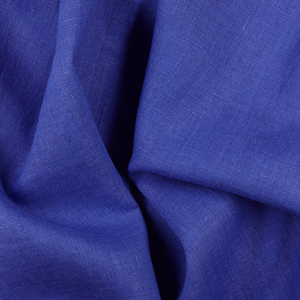




















Leave a comment